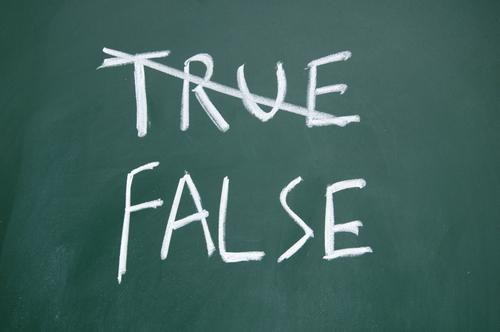BLOG
1031 Like-Kind Exchange Fallacies

1031 like-kind exchanges or tax deferred exchanges have been part of the United States tax code since 1921, yet they continue to be the subject of a number of misconceptions, some of which are addressed below.
Fallacy: 1031 like-kind exchanges are only for the wealthy.
This misconception arises from the visibility that high-profile companies or individuals have when exchanging an office building or a rental property and deferring the tax on the sale of that asset. What is being missed is that average everyday people are utilizing like-kind exchanges as well.
An individual who defers tax on selling a small rental property when she buys a replacement property is taking advantage of Section 1031 of the tax code. These sorts of transactions made by small businesses and middle-class investors are frequent, even if they don’t make the headlines.
I had the opportunity to meet a mechanic recently in Phoenix, Arizona who, upon learning about our company, related his own like-kind exchange story. He had purchased a rental home four years ago for a terrific price, and when the market went up, he was able to enter into a contract to sell it for a profit. He was lucky to have a smart accountant who advised him to structure the transaction as an exchange with a qualified intermediary enabling him to reinvest all of the proceeds in another rental, thereby deferring tax on the sale. He did so and has now profited enough to secure a down payment on three rental properties, about which he remarked, “On a mechanics salary, without 1031s I would never have been able to own three rentals.”
Fallacy: A 1031 exchange must be simultaneous.
The most common type of 1031 exchange is a forward exchange, in which the proceeds from the sale of one asset is used to purchase an asset considered to be like-kind within 180 days.
There are other 1031 exchange deadlines, but the 180-day completion period allows for non-simultaneous exchanges. It is even possible, in a reverse exchange, to purchase replacement property up to 180 days prior to selling the relinquished property.
Fallacy: The Relinquished Property must be the exact same as the Replacement Property in order to be “like-kind.”
In real estate, the term “like-kind” is remarkably broad. Most real estate property is considered “like-kind.” Land can exchange into an office building; a rental home can exchange into a Delaware Statutory Trust (DST); a multi-family complex can exchange into twenty rental homes. The list could go on, but the point is that there are many options in real estate when doing an exchange.
Fallacy: 1031 exchanges are a tax loophole.
Congress established 1031 like-kind exchanges as part of the Internal Revenue Code in 1921 with two primary purposes:
- To avoid unfair taxation of ongoing investments
- To encourage active reinvestment
Nearly 100 years later, like-kind exchanges continue to support sales and purchases of real estate and business assets, encourage business expansion, and stimulate economic growth. They are an intentional and integral aspect of United States tax law, not a tax avoidance strategy.
Conclusion
Clearing up the misconceptions about what 1031 like-kind exchanges are and how they work continues to be part of Accruit’s mission, since the first step to employing like-kind exchanges is understanding them. If there’s any audience to whom the use of 1031s is limited, it’s the informed.
